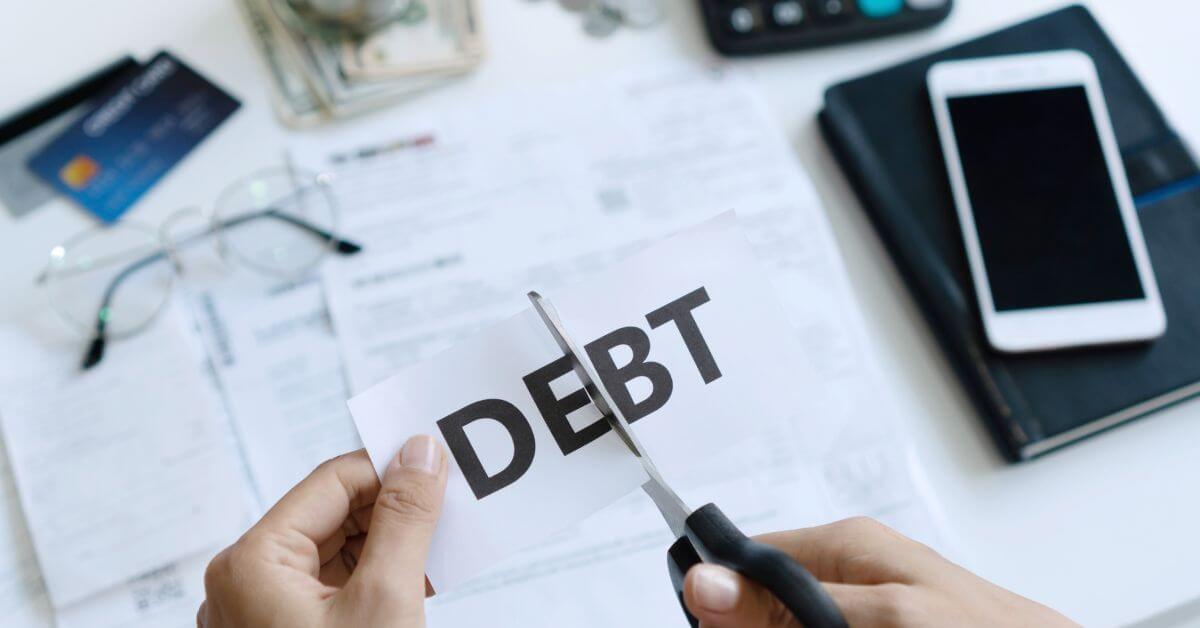Is There Such a Thing as “Good Debt” in Personal Finance?

Debt is often seen as something to be avoided, a burden that weighs people down financially. However, not all debt is necessarily harmful. In certain cases, borrowing money can lead to opportunities for financial growth, creating a complex relationship between debt and financial stability. This has sparked a long-standing debate: Can debt be considered "good" under the right circumstances?
Understanding the difference between good and bad debt has helped many people make smarter financial choices. Good debt is typically associated with investments that have the potential to increase in value or generate income over time. The key lies in how the borrowed money is used and whether it provides long-term benefits that outweigh the costs.
What Makes Debt “Good”?

It has been argued that good debt is characterized by its ability to increase financial stability in the future. The most common examples include taking out loans for education, property, or starting a business. These are areas where debt can be an investment in future earning potential. For instance, student loans have allowed individuals to pursue higher education, often leading to better-paying jobs.
A mortgage has enabled families to purchase homes that appreciate, building equity over time.
In contrast, bad debt is typically linked to expenses that do not provide any long-term value. Credit card debt, often incurred for everyday purchases, has carried high interest rates and hasn’t contributed to financial growth. Instead, it has often caused a cycle of borrowing that leads to greater financial strain.
The distinction between good and bad debt isn’t always clear-cut, but it has been largely determined by whether the borrowed money is used for an asset that increases in value or provides future income.
Debt That Builds Wealth
It has been shown that certain kinds of debt can help build wealth if managed properly. A home loan, for instance, has allowed many to buy property, which has historically increased in value. This appreciation has helped build equity, creating a long-term financial benefit. Real estate investments have often been categorized as good debt, as they have offered the potential for both income and asset appreciation.
Similarly, business loans have enabled entrepreneurs to start or grow businesses, which, if successful, generate significant returns.
On the other hand, high-interest debt, such as credit card balances, hasn’t provided any future financial benefits and has often created more financial pressure. The ability to distinguish between these types of debt has played a crucial role in financial decision-making. While no debt is risk-free, it has been emphasized that the potential for long-term rewards has made some borrowing justifiable, even advantageous.
Can Good Debt Turn Bad?
Good debt has not always remained beneficial. If a student loan is not repaid due to an inability to find a well-paying job after graduation, or if a business loan is taken out but the business fails, the debt becomes a burden. It has been demonstrated that even with careful planning, risks are always involved. Circumstances, such as economic downturns, layoffs, or market crashes, have turned once-promising investments into financial liabilities.
This has raised an important point: borrowing money always involves some level of risk. Even with good debt, repayments must be managed responsibly. Taking on too much debt, even if it seems like a good investment, has sometimes led to difficulties if it becomes overwhelming. The key has been to borrow wisely and ensure that the benefits outweigh the risks.
The Long-Term Impact of Debt
The decisions to take on debt have had long-lasting consequences, both positive and negative. For those who have used debt to invest in their future—whether through education, real estate, or business ventures—financial stability and growth have often been achieved. However, for those who have accumulated debt without a clear path to repayment, the consequences have been difficult, including financial stress, lower credit scores, and limited financial freedom.
It has been widely observed that debt, when used strategically, can be a tool for building wealth. However, mismanagement or poor timing has often led to financial difficulties. The line between good and bad debt is thin, and careful consideration must always be given to the potential outcomes. By focusing on how borrowed money is used and its long-term benefits, individuals can navigate the complexities of debt more effectively.





